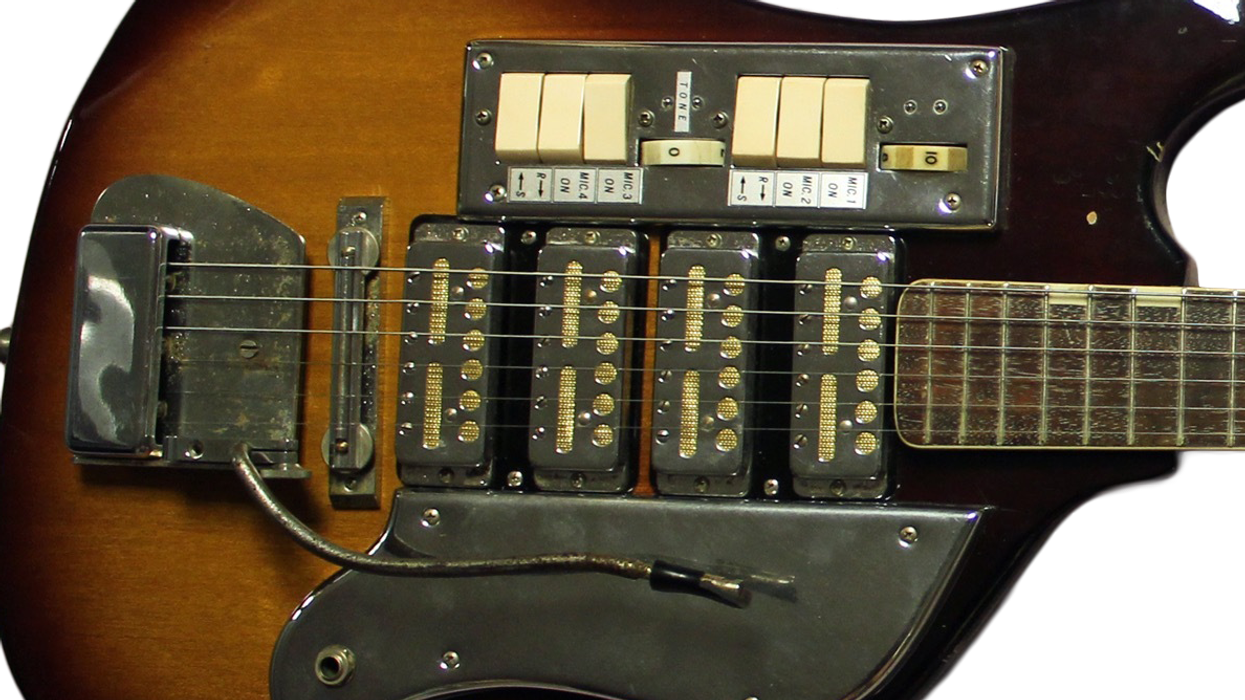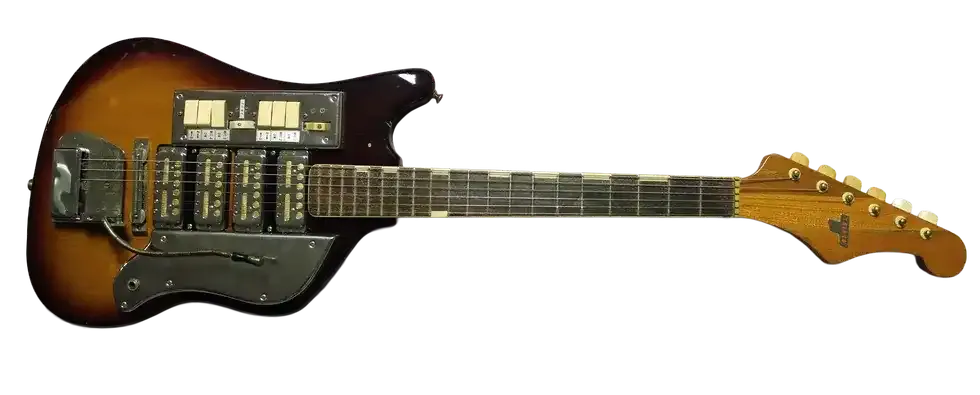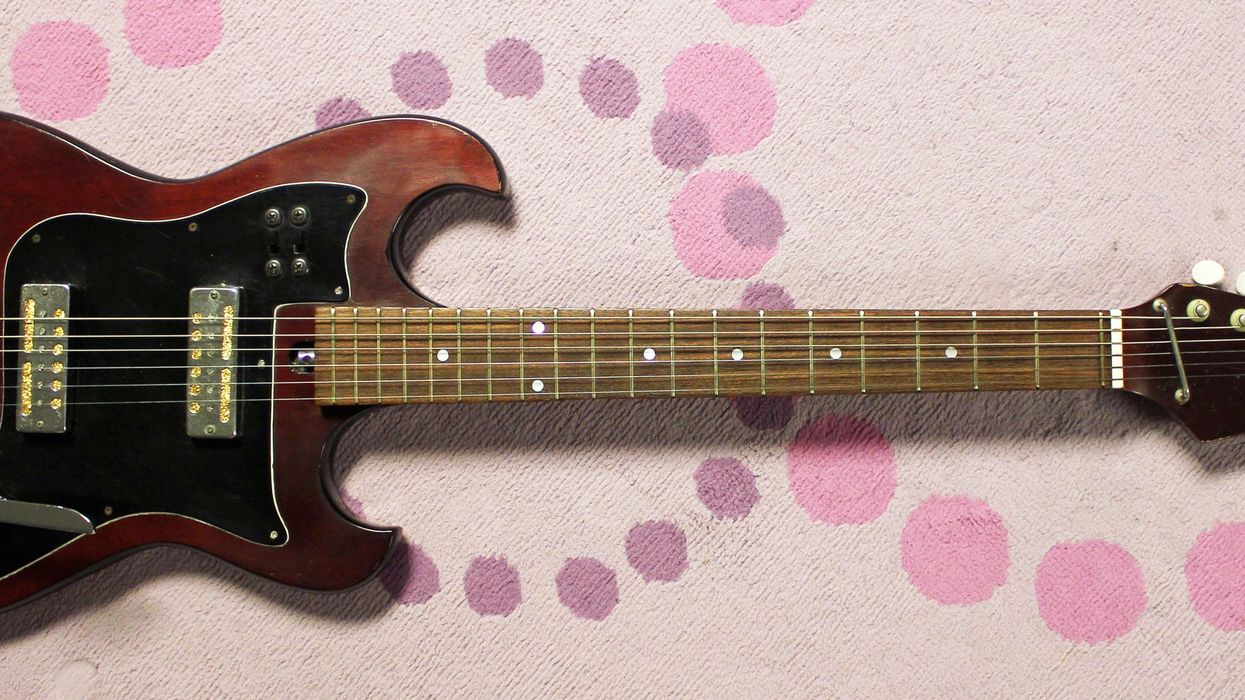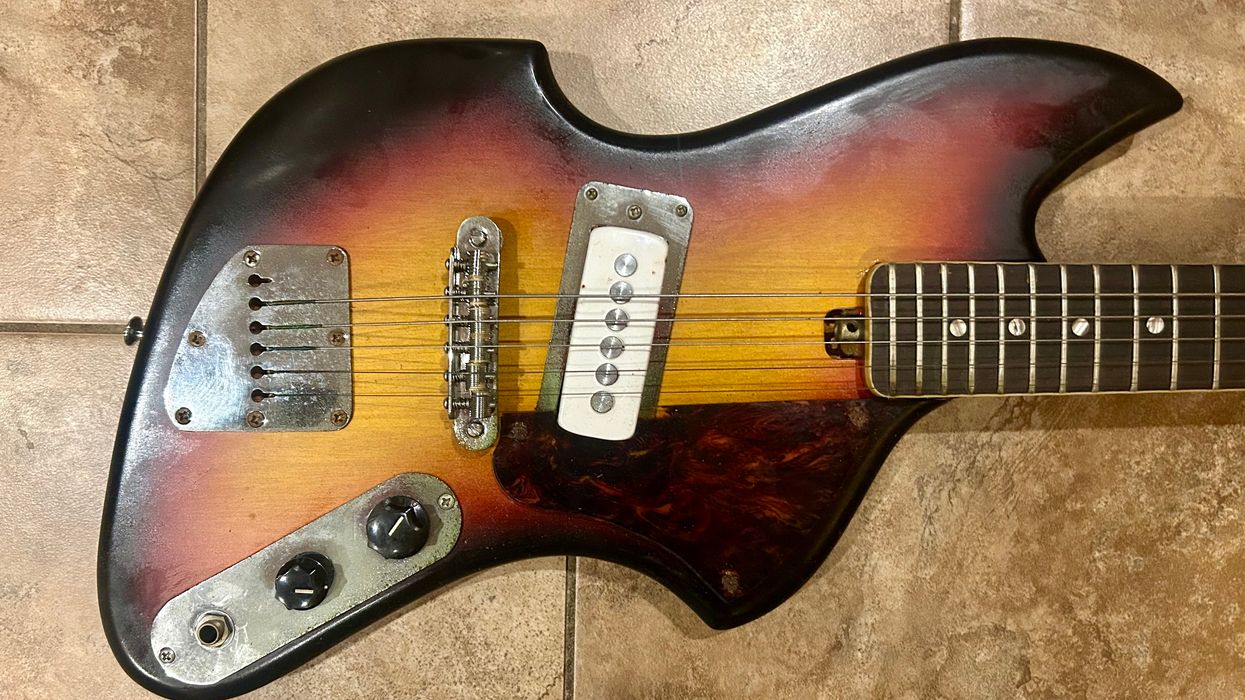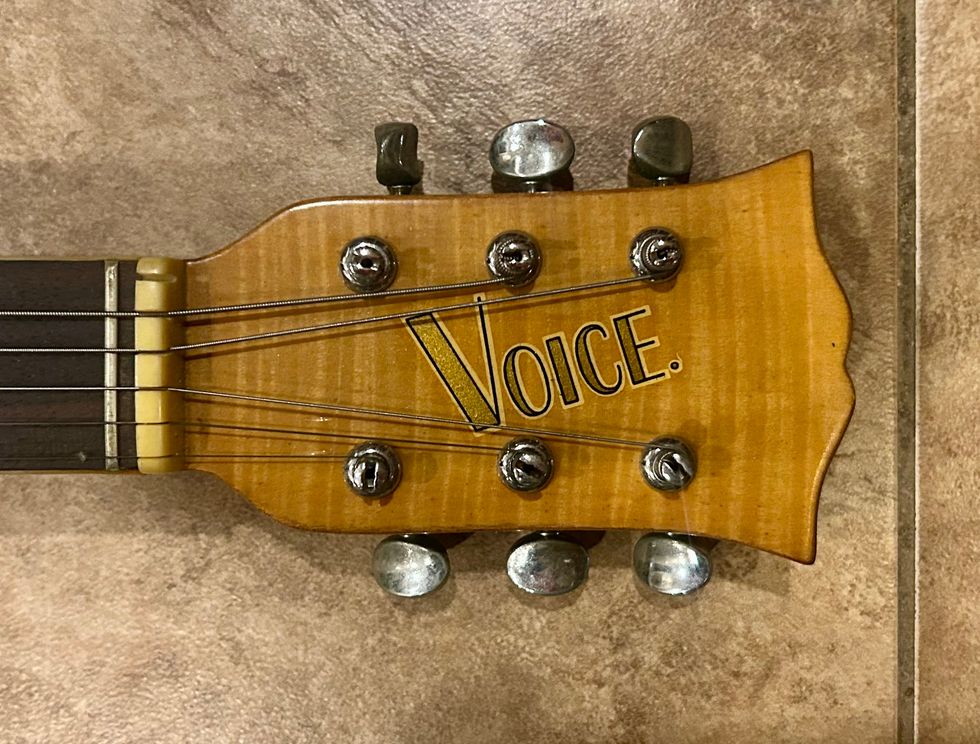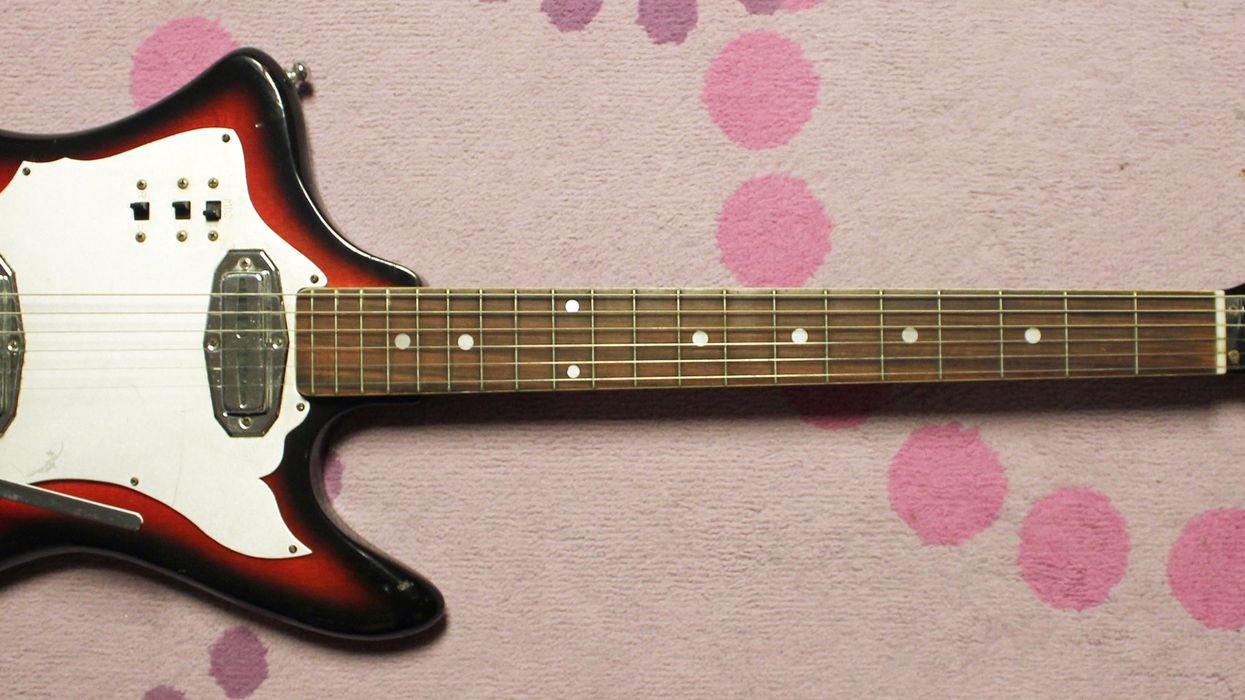Recently, my son and I have discovered a passion for sports-card collecting. I remember being a young lad and riding my bike down to the corner store, where I chased my dream of completing the entire set of 1985 Topps football cards. This summer, we’ve been going through my old card collection, and he and I have been visiting local card shows and conventions. If you haven’t collected cards since the ’80s, you’re in for a surprise. There are a multitude of different card makers and different series within each yearly run, plus some hard-to-find variations. It’s mind-boggling. We’ve been really digging a particular Topps baseball set because it’s modeled after the 1952 card design—you know I love vintage—and every pack has a chance, albeit slim, of including a low-numbered Mickey Mantle card. This card is super rare, but every time we open a pack there is this thrill that just makes me smile.
This got me thinking about when I was really heavily into finding weird, rare guitars. I would often turn up stuff I’d never seen before, but I was consistently looking for a particularly elusive Teisco. Just as rare as that Mickey Mantle card, the Teisco Spectrum 5 was nearly impossible to find. And man, did I try. Then I got a phone call one day from a friendly Texan who would contact me occasionally when he happened upon cool gear. Well, he had found the impossible for me. My example was used and abused but all still there in that Lake-Placid-blue glory. Teisco did produce these in red and white, but blue is more common. In fact, in all my years of searching, I’ve never seen a vintage Spectrum in white.
There are all sorts of features I like about this guitar, such as the “parachute” fretboard inlays, German carve, triple binding, and 4x2 headstock design.
Introduced around late 1966, the Spectrum 5 was a seriously ambitious guitar that carried a whopping retail price of $375 in the 1967 Bennett Brothers (aka Blue Book) catalog. That price kept this guitar out of reach of most players, and that’s probably why it’s so hard to find today, but these were sold through both catalogs and department stores.
The Spectrum 5 was one of the first designs built by Kawai after they bought Teisco and moved production to Hamamatsu, Japan. The catalogs spoke of a durable finish using seven coats of lacquer and a strong, thin neck made of laminated ebony, the wood also featured on the fretboard. My example has a maple neck with a rosewood board, so … variations!
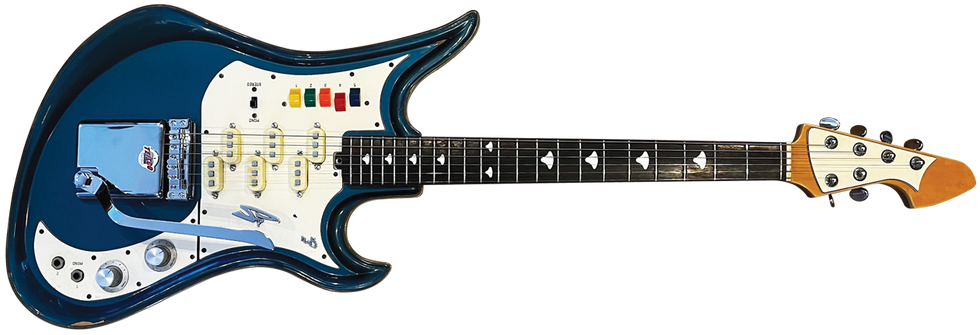
The intricate electronics were a first for Teisco. Aside from the single volume and tone knobs, the Spectrum 5 has push switches that allow for different sound combinations. Each pickup is a single-coil that is “split”—there are two jacks to play in stereo, using two amps. Basically, the bass strings go to one amp, and the treble strings through another. The tremolo bridge was also a brand-new endeavor, and the model’s tremolo cover is as rare and sought-after as the guitar itself.
Teisco built the Spectrum 5 into the early 1970s with a few different variations, and the retail prices dipped way down into the mid $100s. There are all sorts of features I like, such as the “parachute” fretboard inlays, the German carve, triple binding, and the 4x2 headstock design. These guitars are a joy to play and sling around because they are light and balanced. I never liked their sound, though. To my ears, they sound thin—it’s a total garage tone. The pickups need a serious kick via a pedal booster, overdrive, or a cranked amp.
The Spectrum 5 is a fitting name because of the five brightly colored switches, which are really weird. The combinations are hard to explain because they are preset tone options. For example, on the red switch, it takes a treble coil from bridge and a bass coil from the middle. I think it’s a big reason why these guitars don’t sound very good—everything is preset and almost all the combinations are weird. And you can only use one switch at a time. They’re spring-loaded, so when you push down one switch another pops up.
If you do dig the tone, then you’ll probably find plenty to like in those controls. I enjoy having it around as a piece of art … like a rare card.


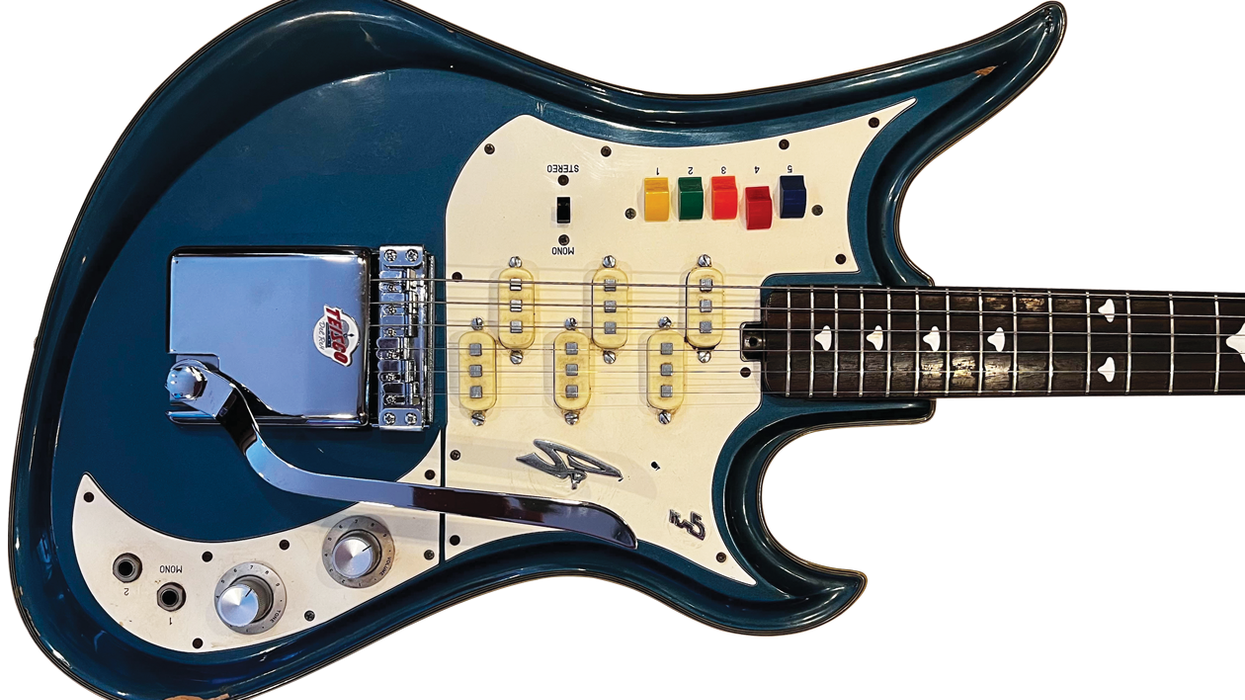


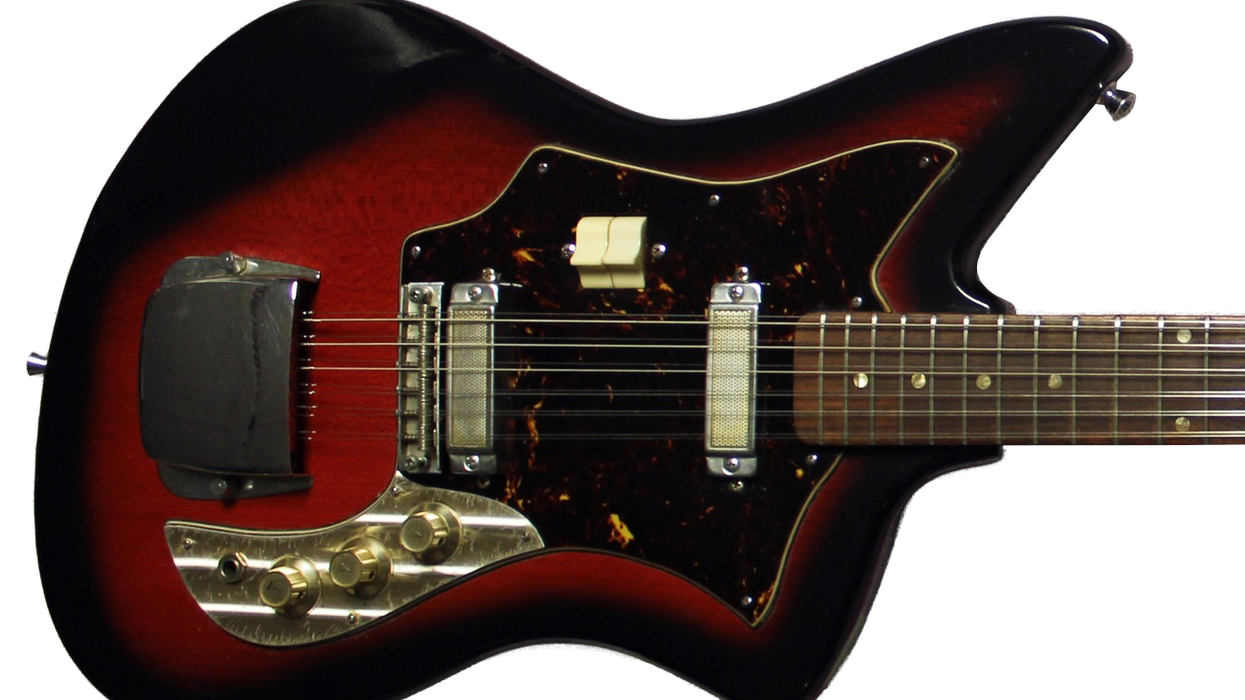
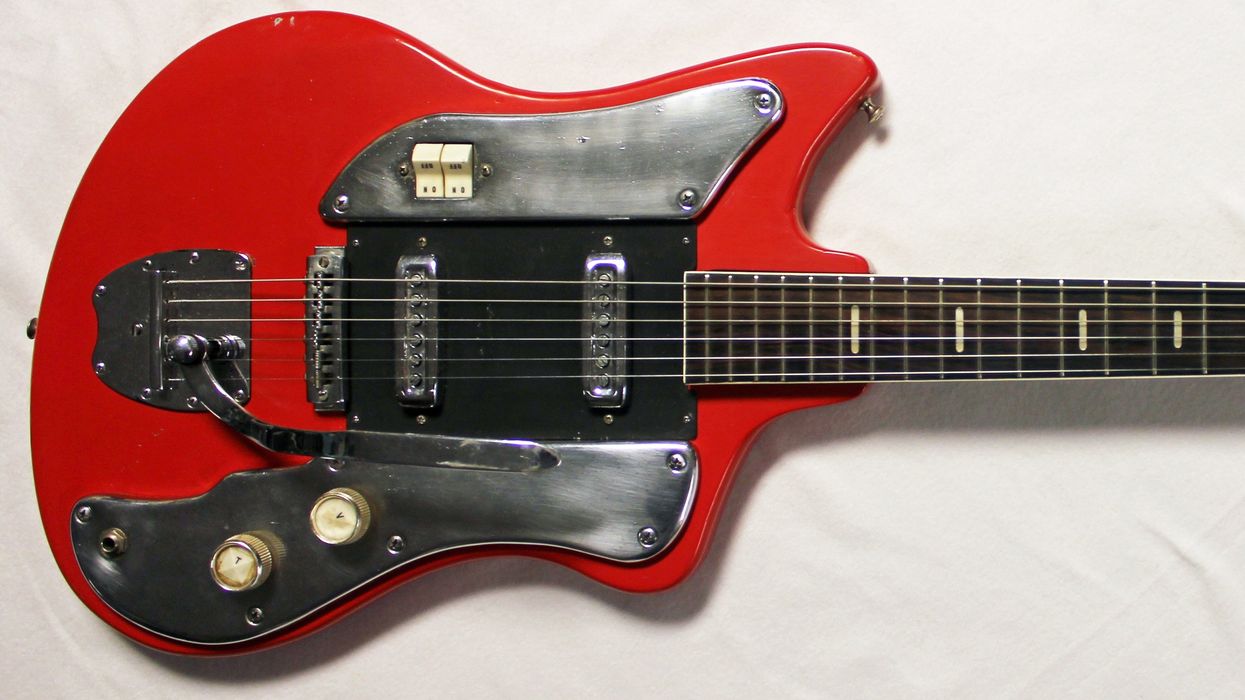
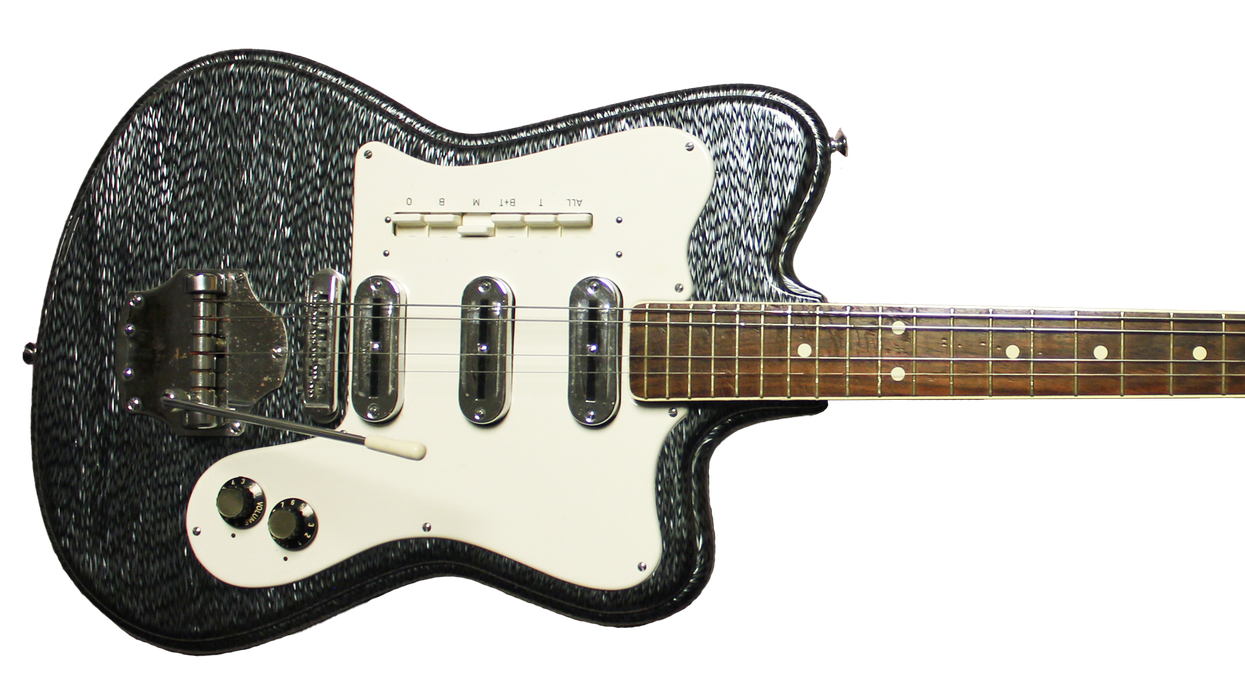
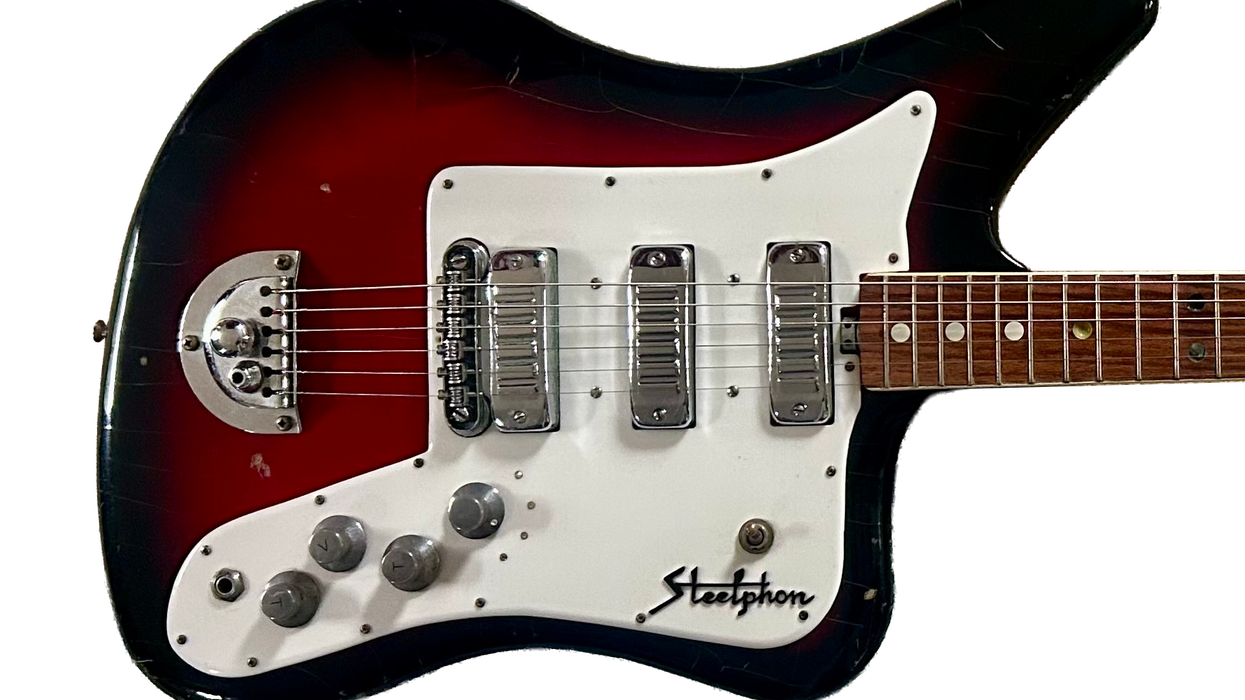
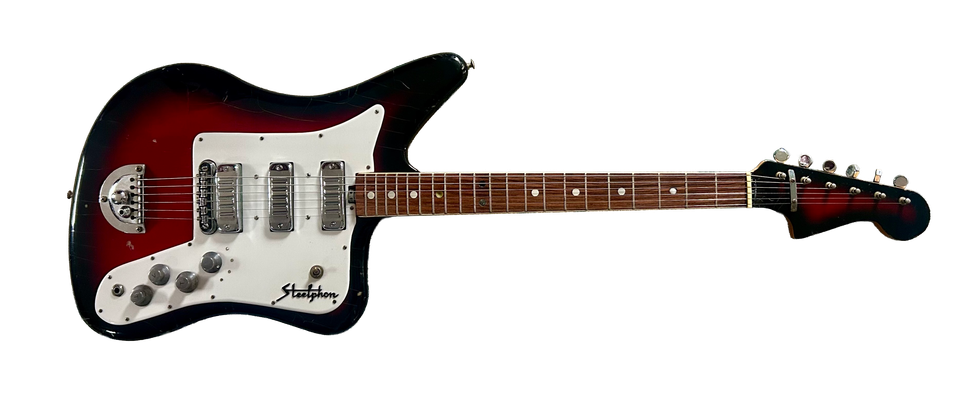 Then, in the dream, I “awoke” and realized I was back in my bedroom, and it was all just a dream. The kicker is that I was still dreaming, because that “paddle” guitar was suddenly in my hands—then I woke up for real! How about that misadventure?
Then, in the dream, I “awoke” and realized I was back in my bedroom, and it was all just a dream. The kicker is that I was still dreaming, because that “paddle” guitar was suddenly in my hands—then I woke up for real! How about that misadventure?





